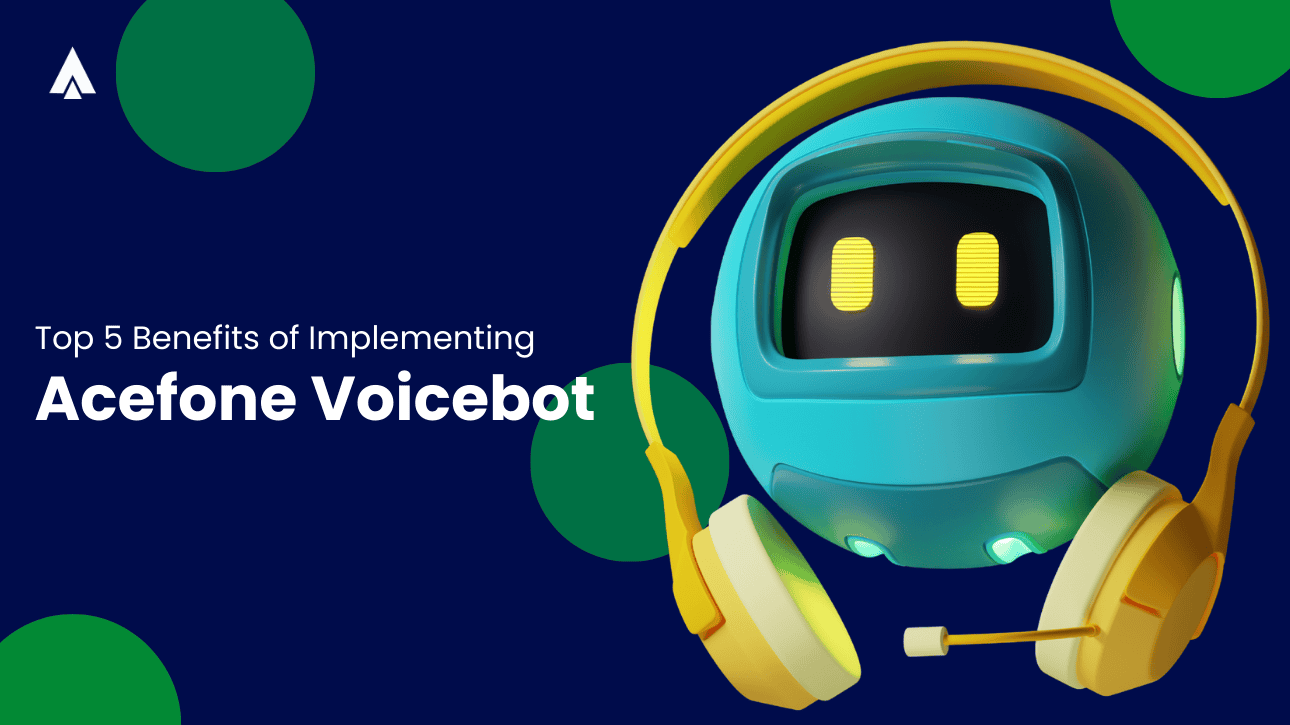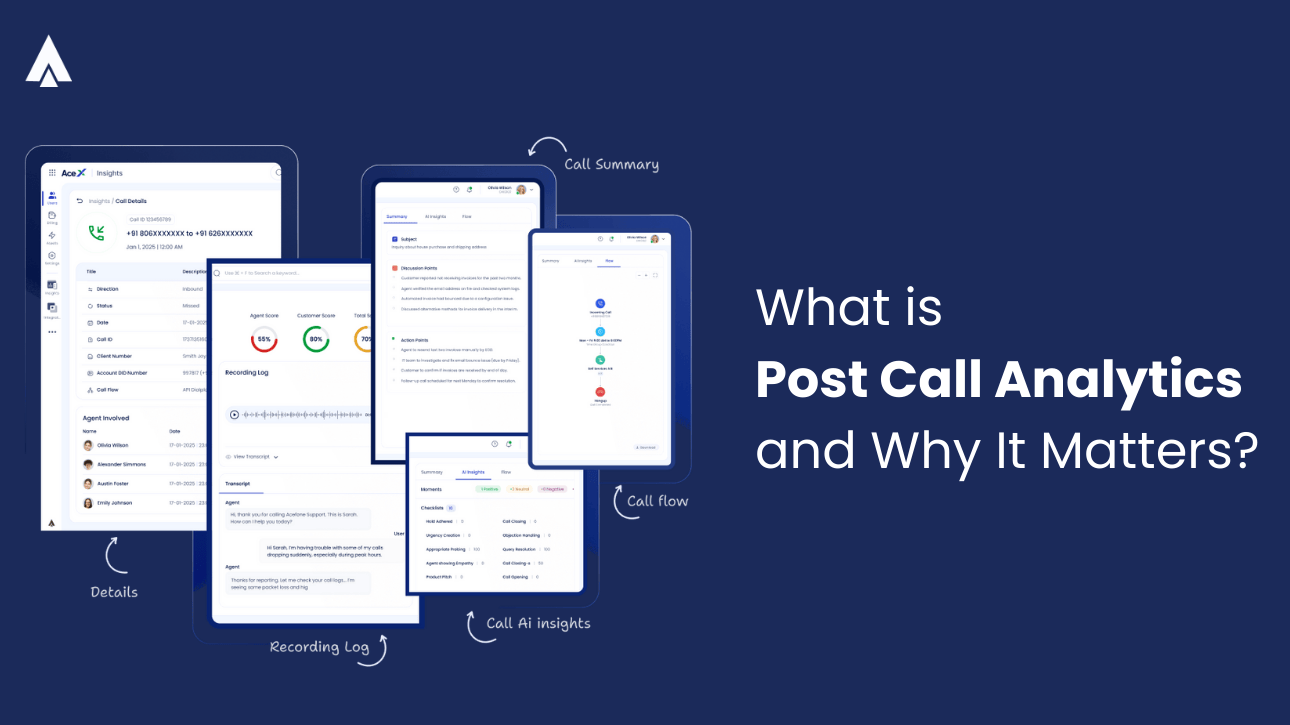The past few years have already witnessed immense revolutionization in contact centers by the implementation of Artificial Intelligence(AI). Through automation, streamlined workflows, real-time insights, and enhanced efficiency, AI has significantly transformed contact centers.
So, are we done with what AI could do to enhance contact centers?
No, not yet!
2026, will observe dramatic AI advancements in contact centers.
Contact center Software will transform from being strategic hubs of customer engagement practicing reactive approaches into high-end AI-driven contact centers with proactive and predictive technology strategies.
These smart AI in contact centers in 2026 will make use of NLP (natural language processing), Machine learning (ML), deep learning, speech-recognition and real-time data analytics to foster hyper-personalized and emotionally active connections with the customers. Such techniques will not only elevate the customer experience but will also improve the bottom line of the organization.
Why is AI the future of contact centers?
The worldwide market for artificial intelligence in contact centers is anticipated to hit USD 21 billion by 2028.
The traditional contact centers were often plagued with inconsistent services that involved long wait times largely due to limited automation and outdated processes.
On the contrary, the AI-enabled contact centers are the future of contact center and a key part of call center management are capable of offering faster, smarter, and more personalized experiences to its customers. This shift is being driven by integrating innovative technologies such as RPA (Robotic Process Automation), Generative AI, Big data, IoT, and conversational AI.
RPA facilitates contact centers’ ability to manage mundane and redundant tasks by automating activities such as maintaining customer information, tracking ticket status, generating reports, and searching databases to find problem solutions. This frees up human agents to address more essential tasks where human intellect is critical in solving issues.
Likewise, GenAI can potentially automate work activity that takes up 60-70% of the employees’ time in contact centers. This means, companies can minimize the operational costs associated with the contact centers thereby increasing ROI. In fact, studies have reported that AI reduces operational costs by 30 to 45% and increases productivity by 40%.
7 ways AI is transforming the contact centers in 2026
Statista predicts that process automation (80%) will be the most prevalent use of AI in contact centers over the next two years, followed by voice authentication (79%), speech analytics, and conversational AI.
Here are the top seven transforming ways AI in contact centers in 2026:
1. Enhanced Customer Self-Service through AI-Powered Virtual Assistants
AI-powered virtual assistants and chatbots are among the most transformative trends reshaping contact centers. These self-service platforms use Natural Language Processing (NLP) to understand, interpret, and respond to customer queries by converting speech to text and vice versa — often in multiple languages.
For example, a customer can directly interact with an AI-based virtual assistant in Hindi, and the platform will apply the text to speech hindi conversion algorithm to provide an instant and accurate result for the problem.
From responding to customer inquiries for common FAQs with custom solutions to taking appointments or making payments, these self-service platforms can efficiently accelerate the customer interaction and engagement process without any human touch also leveraging an AI customer support knowledge base to deliver consistent, context-aware support.
2. Intelligent Call Routing and Predictive Analytics
Intelligent call routing refers to the AI’s capability to route customer calls to the most appropriate agent depending on the customer background, nature of the query, customer priority, and agent skill set and availability. This not only reduces wait times but also improves issue resolution, leading to higher customer satisfaction.
In addition, predictive analytics enables contact center providers to help businesses anticipate customer needs and offer proactive solutions by analyzing real-time and historical data. For example, on the basis of analysis of the customers’ query history, it can forecast which customers would require support and which agent should address the problem when the issue is brought up.
3. Real-Time Agent Assistance and Augmentation
The real-time agent assistance and augmentation in contact centers leverage AI to support customer service representatives during live customer interactions. By analyzing customer conversations in real-time, AI can assist service agents with on-screen prompts, relevant data points, context-aware inputs such as payment links, or login assistance.
Incorporating tools like The QR Code Generator can further improve agent efficiency—by quickly generating scannable codes for directing customers to support articles, demo videos, or payment gateways. This creates a seamless experience, especially in live chat or email conversations where clickable links or mobile-friendly resources make all the difference.
AI can further augment the results by analyzing real-time insights that can assist agents in providing personalized answers based on the customer’s history and the issues they encounter shortly. This type of augmentation can result in hyper-personalized responses which can boost customer experience and satisfaction to a larger extent.
Example: IBM Watson Assistant offers real-time support over phone calls, guiding customers with advanced insights. It reduces wait times and improves the overall service experience by assisting both customers and agents with timely, intelligent recommendations.
4. Sentiment Analysis and Emotion Recognition
The virtual call center software can perform sentiment analysis and emotion recognition by using AI across various channels such as live calls, emails, chats, and social media platforms. It uses NLP techniques to detect customers’ responses as positive, negative, or neutral based on their voice tone or the context of the communication.
Further, it can analyze customers’ interactions based on their facial expressions, words, or speech and identify the emotions associated with them such as happiness, frustration, or satisfaction.
5. Workforce Optimization and Predictive Scheduling
AI-powered workforce management predicts customer service demands by analyzing previous trends, variations, and external variables such as policy changes, new products, or price fluctuations.
Using AI predictive scheduling, businesses can maintain a balance of staff by dynamically altering the number of support agents and making sure that the right agent is present for the right customer at the right time. It can also increase employee satisfaction by effectively scheduling and distributing the workload between the employees thereby minimizing the customer wait times.
6. Continuous Learning and Quality Assurance
AI-based quality assurance grows beyond the traditional manual reviews that consume time, have irregularities, and are chaotic. In both outbound vs inbound call center operations, AI tools continuously learn and analyze entire conversations with customers to discover useful insights, such as keywords or phrases indicating potential issues or compliance queries
The AI tools continuously learn and analyze entire conversations with the customers to discover useful insights such as keywords or phrases that show potential issues or compliance queries. It can also determine customer sentiments and respond accordingly.
Moreover, it consistently evaluates the calls based on set criteria and automatically scores them against their success rates.
7. Personalization of Customer Interactions
AI-driven personalization leverages advanced Machine Learning (ML) and Natural Language Processing (NLP) techniques to gain real-time insights by analyzing speech patterns, customer behaviour, and sentiment . These personalized approaches can dynamically adjust to user’s preferences to generate accurate customer interactions.
For example, AI can analyze a customer’s past interactions and guide agents to adjust their tone, language, or approach—helping foster more meaningful and valued conversations that enhance the overall customer experience.
Contact centers in 2026: Human expertise meets AI efficiency
AI will play a major role in modernizing contact centers in 2026. From AI-powered sentiment analysis, augmentation, automation, and virtual assistants to speech recognition, customers can anticipate more personalized experiences from the contact centers this year.
While AI can improve and fasten the contact center processes, it can’t be denied that the role of human agents in creating an empathetic and emotionally intelligent bond with customers is indispensable. Thus, contact centers should ensure the creation of the right balance between AI and human expertise to achieve successful customer interactions.
A cloud-based contact center solution can help businesses streamline operations while ensuring exceptional service quality. Contact Acefone and we’ll help you set up your AI in contact centers.
Want to elevate your contact center with the latest smart dialing tools?
Explore how auto dialer service companies can integrate AI-driven efficiency and boost outbound productivity—get a custom demo today.














